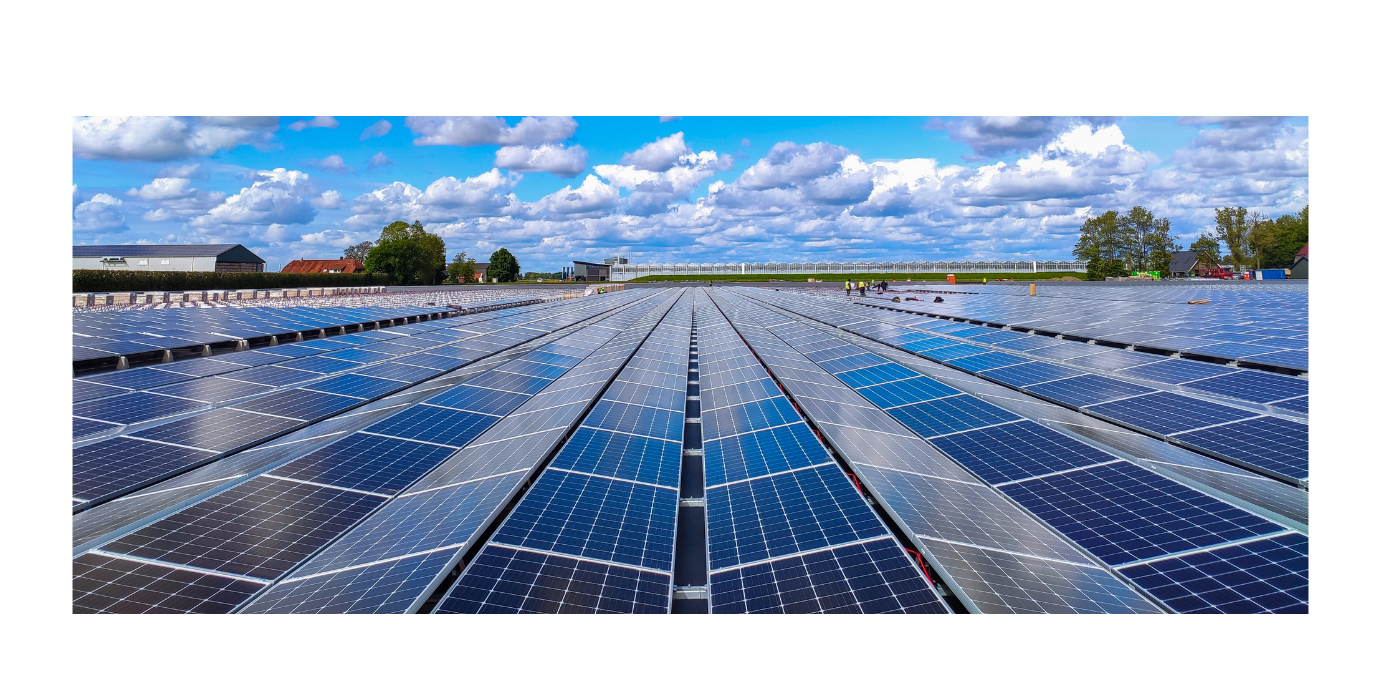The global shift towards renewable energy sources is gaining momentum, with solar power leading the charge. As communities and businesses seek sustainable alternatives to traditional energy sources, the success stories of solar installations offer valuable insights and inspiration. In this blog, we delve into detailed examples of thriving solar installations across residential, commercial, and community settings to showcase the transformative power of solar energy.
Residential Solar Solution Installations
The global shift towards renewable energy sources is gaining momentum, with solar power leading the charge. As communities and businesses seek sustainable alternatives to traditional energy sources, the success stories of solar installations offer valuable insights and inspiration.
Case Study 1: The Smith Residence
The Smith Residence, located in a suburban neighborhood, initially faced challenges due to limited rooftop space and shading from neighboring trees. However, through meticulous planning and consultation with solar experts, the Smiths opted for a customized solar panel system equipped with microinverters to mitigate shading issues. Additionally, they installed a battery storage system to maximize energy independence and resilience during grid outages. Despite initial concerns, the Smiths now enjoy significant savings on their energy bills and have become advocates for solar energy within their community.
*Case Study 2: The Johnson Family Farmhouse Solar Installations*
The Johnson Family Farmhouse, situated in a rural area, posed unique challenges for solar installation, including distance from the grid and variable energy demands due to seasonal agricultural activities. To address these challenges, the Johnsons collaborated with solar engineers to design a hybrid solar-diesel generator system capable of meeting their fluctuating energy needs. Furthermore, they implemented energy-efficient practices such as LED lighting and smart irrigation systems to optimize energy usage. The solar installation not only reduces the farm’s carbon footprint but also enhances operational efficiency and resilience, setting a sustainable precedent for agricultural enterprises.
Commercial Solar Projects

*Case Study 3: Solar Powering Industries Ltd.*
Solar Powering Industries Ltd., a leading manufacturer, faced the dual challenge of high energy consumption and environmental responsibility. To address these challenges, the company invested in a comprehensive solar energy solution comprising rooftop solar panels, energy-efficient machinery, and smart building management systems. Additionally, they implemented a power purchase agreement (PPA) to finance the solar installation without upfront costs. The initiative not only significantly reduces the company’s electricity bills but also enhances its corporate sustainability profile, attracting environmentally conscious customers and investors.
*Case Study 4: GreenTech Office Complex*
The GreenTech Office Complex exemplifies architectural innovation and environmental consciousness, with sustainability principles integrated into every aspect of its design and construction. To maximize solar energy generation, the complex features building-integrated photovoltaics (BIPV) and solar-tracking systems, optimizing sunlight exposure throughout the day. Furthermore, GreenTech prioritized energy-efficient building materials and passive design strategies to minimize energy demand. The result is a showcase of sustainable architecture that not only reduces operational costs but also enhances occupant comfort and well-being, setting a new standard for green building practices.
Community and Non-Profit Solar Initiatives
*Case Study 5: Solar-Powered Schools Initiative*
The Solar-Powered Schools Initiative aims to bring renewable energy education and sustainability practices to classrooms. Through collaboration with local schools, the initiative installs solar panels on rooftops and provides educational resources for students and teachers. Additionally, students actively participate in monitoring energy production and learning about renewable energy technologies. By integrating solar energy into the curriculum, the initiative not only reduces schools’ electricity costs but also fosters environmental literacy and empowers future generations to embrace sustainable lifestyles.
*Case Study 6: Solar for All Neighborhood Project*
The Solar for All Neighborhood Project addresses energy inequities in underserved communities by providing access to solar energy solutions. Through partnerships with local organizations and government agencies, the project offers subsidized solar installations for low-income households. Additionally, the project provides job training opportunities for community members in solar installation and maintenance. By leveraging solar energy as a tool for social empowerment, the project not only reduces energy costs for residents but also strengthens community resilience and promotes economic development.
Conclusion
The detailed case studies presented here highlight the diverse applications and benefits of solar energy across residential, commercial, and community settings. From overcoming technical challenges to fostering environmental stewardship and social equity, these success stories exemplify the transformative potential of solar power. As we celebrate these achievements, let us continue to champion renewable energy solutions and advocate for policies that accelerate the transition to a sustainable and resilient future powered by the sun.






